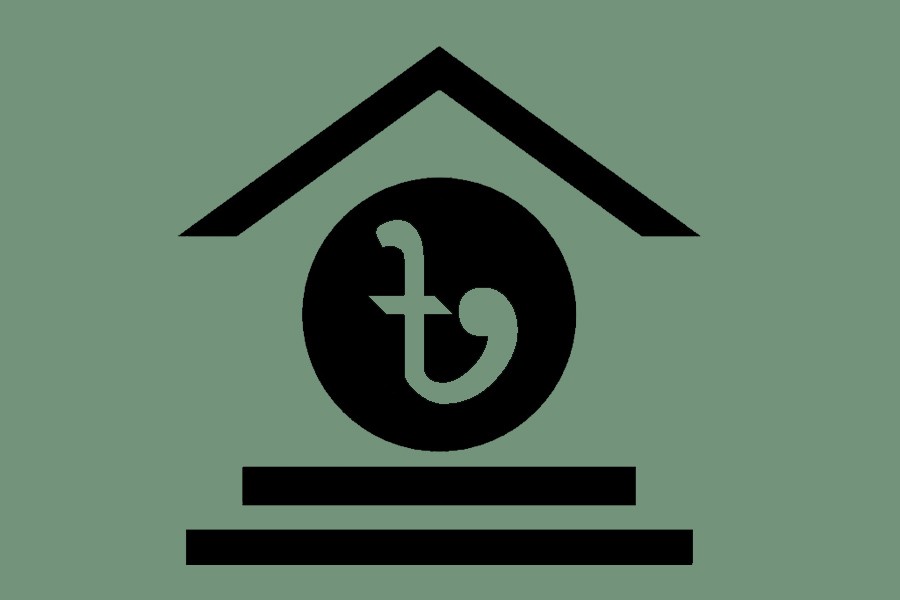The overall deposit growth in the country's banking sector rose but slightly in the first-half (H1) of the current calendar year following a higher remittance inflow.
Lower sales of national savings certificates (NSCs) in the recent months also helped push up the volume of bank deposits during the period under review, bankers said.
They expect that such an upward trend of deposits in the banking sector may continue into the coming months also.
The growth of deposits, on a year-on-year basis, rose to 11.48 per cent as of June 30 last from 11.07 per cent six months ago, according to the central bank statistics.
The deposit growth was 10.96 per cent as of March 28, 2019.
All banks' deposits, excluding inter-bank balance, rose to Tk 9,772.11 billion as of June 30 last, from Tk 9,246.36 billion as of December 31, 2018. The figure was Tk 9,365.63 billion as of March 28 last.
"Investment in the NSCs decreased slightly in the recent months following higher interest rate on deposits, offered by the banks, particularly private commercial banks," Syed Mahbubur Rahman, chairman of the Association of Bankers, Bangladesh (ABB), told the FE on Tuesday.
Some private commercial banks (PCBs) are now offering double digit interest rates on deposits, particularly term deposits, to attract depositors, according to the senior banker.
He also said a higher remittance inflow along with disbursement of funds by the government against different development projects in June contributed to the increase in deposits of the banks.
"We're now observing the overall investment situation," Mr. Rahman, also managing director and chief executive officer of Dhaka Bank Limited, said while replying to a query about sustainability of the deposit growth.
When contacted, a senior official of the Bangladesh Bank (BB) said the deposit growth increased further in the month of July and it would continue in the months to come.
All the banks' deposit growth stood at around 12. 50 per cent in July 2019, he added.
The government earlier imposed some restrictions on purchase of NSCs.
The government has already developed a database of NSC investors to see if there is anyone crossing the NSC investment limit or making fictitious investments.
The net sales of NSCs came down to Tk 32.08 billion (3,208 crore) in June from Tk 32.58 billion in the previous month, according to official figures.
Besides, the inflow of remittances grew by 9.65 per cent to a record high of US$16.42 billion in the fiscal year (FY) 2018-19 from $14.98 billion a year ago.
On the other hand, all the banks' credit growth came down to 12.38 per cent as of June 30 last from 14.07 per cent as of December 31, 2018. The figure was 13.15 per cent as of March 28 in the current calendar year.
The banks' total outstanding loans, excluding inter-bank balance, rose to Tk 11,813.38 billion as of June 30 last from Tk 1,165.34 billion as of December 31, 2018. It was Tk 11,205.51 billion as of March 28 last.
"The amount of credit increased but it shows a slow trend," another BB official told the FE while explaining it.
He also said the credit growth might rise in the months to come amid the growing demand in the economy.
The lower credit growth helped keep the overall advance-deposit ratio (ADR) unchanged at 77.51 per cent as of June 30 compared to the level of December 31 last. The ratio was 78.26 per cent as of March 31, 2019.
The ADR has been re-fixed at 83.50 per cent for all the conventional banks and at 89 per cent for the Shariah-based Islamic banks. The existing ratios are 85 per cent and 90 per cent respectively.
The banks need to comply with the revised limit of ADR by September 30, according to the central bank's latest directive.


